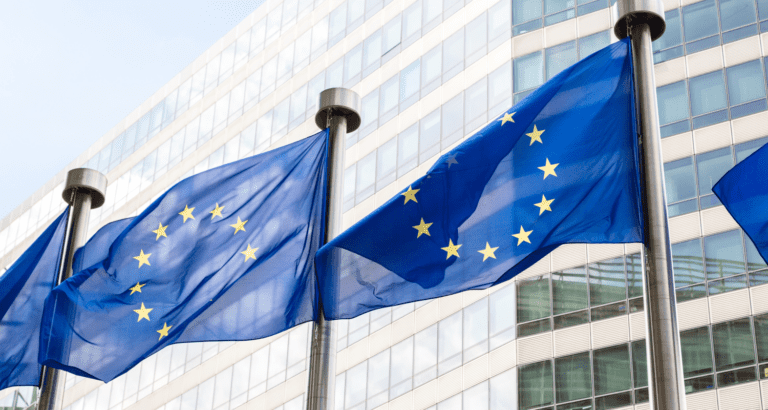Despite gains across the board, some countries in the bloc are doing much better than others.
In 2021, the European Commission set a 2030 target of achieving gigabit connectivity in all EU households and 5G coverage for all populated areas. Considerable progress has already been made in the rollout of fixed very high capacity network (VHCN) connections across the EU.
The EU’s vision and concrete targets for digital transformation by 2030 are set out in a Digital Compass that evolves around four cardinal points: skills, digital transformation of businesses, secure and sustainable digital infrastructures, and digitalization of public services. Progress towards these 2030 targets is measured by a monitoring system based on the Digital Economy and Society Index (DESI).
In 2021, 70 percent of EU households enjoyed high-speed internet coverage, up from only 16 percent in 2013, according to Eurostat. VHCN connectivity also improved in sparsely populated areas. Between 2013 and 2021, the share of households in sparsely populated areas with fixed VCHN connection increased from 4 percent to 37 percent across the EU.
Malta leads the way in high-speed internet coverage
Despite this progress, access levels differ significantly across EU member states and within member states with regard to population density.
In 2021, Malta recorded high-speed internet coverage for all households (100 percent), followed by Luxembourg (96 percent), Denmark (95 percent) and Spain (94 percent). In contrast, fixed high-speed internet connections were the least widespread in Greece (20 percent), Cyprus (41 percent) and Italy (44 percent).
In sparsely populated areas, the most widespread coverage was reported in Malta (100 percent), followed by Luxembourg, Denmark and the Netherlands (all 79 percent). Meanwhile, the least widespread coverage in sparsely populated areas was reported in Greece (0 percent), followed by Czechia (7 percent) and Finland (12 percent).
The Eurostat interactive visualization tool shows additional statistics relevant to the European Green Deal. It presents an overview of 26 indicators for the EU, its member states and EFTA countries, divided into three main topics: reducing our climate impact, protecting our planet and health, and enabling a green and just transition.
